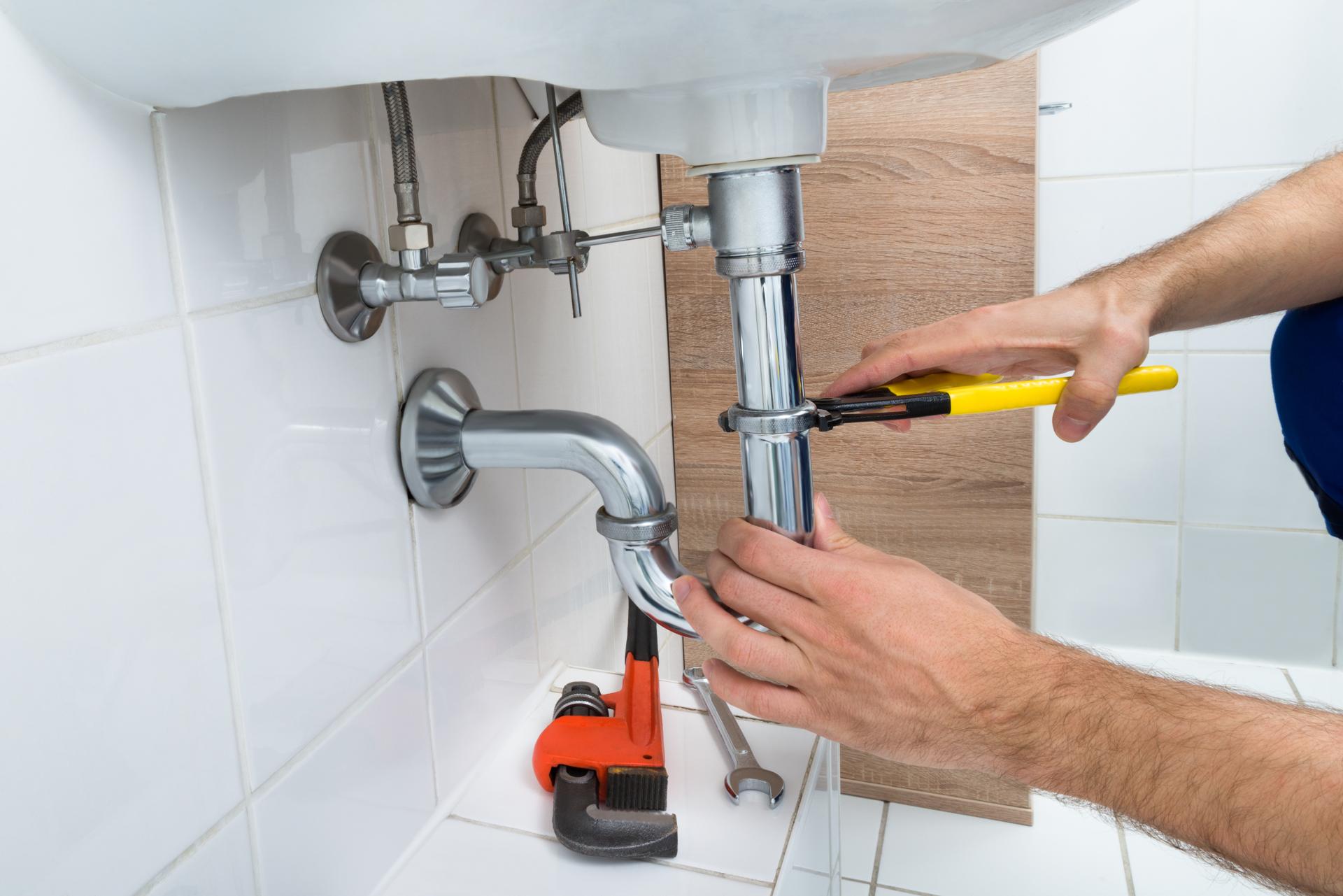Things to Watch Out For When Replacing Your Plumbing and What You Need to Know

Plumbing is an essential part of any house that provides us with clean water to drink, cook, and cleaning, as for the disposal of wastewater. Like any other home appliance plumbing is likely to become worn out and need replacement.
Knowing when it’s time to upgrade your plumbing vital to avoid expensive repairs and to avoid health hazards. In this article, we’ll talk about the signs that suggest your plumbing needs to be replaced, factors to consider before replacing your plumbing, the plumbing replacement process and the advantages of replacing your plumbing, and a FAQ section to address any concerns you might have.
The signs that it’s time to Replace Your Plumbing
There are several common indications that the plumbing in your home needs to be replaced, for example: Leaks When you notice water stains or puddles around your home, it’s a indication of a leak in your plumbing. Leaks can cause severe damage to your home’s structure and may lead to mold growth, so it’s essential to take action immediately. Rusty pipes a clear indication that your plumbing requires to be replaced. Rust can contaminate your water supply and make it unsafe to drink or cook with. Low water pressure: If your showerheads or faucets are producing weak water flow It’s an indication of low water pressure and could be due to corrosion of pipes or blockages. Water discoloration: Water that is discolored, such as yellow or brown, is a sign of sediment or rust within your pipes. This can affect the flavor and quality of your water. It may also be a sign of the need for a plumbing replacement.
Factors to Take into Account Before Replacing Plumbing
Before replacing your plumbing, there are a variety of factors to consider, including the age of your plumbing system: Plumbing systems are designed to last approximately 50 years, so should your home be older than that, it’s most likely to be time to replace it. Cost of replacement The replacement of your plumbing may be costly, which is why it’s essential to budget for the expense. In the event of a plumbing problem that is severe If the plumbing issues are extensive and affecting several parts of your house, replacement may be the most effective option.
What to Expect During the Plumbing Replacement Process
The plumbing replacement process involves various steps, which include shutting off the water supply Your plumber will have to shut off the water supply to your residence to prevent water damage or leaks. Removal of old pipes The old pipes will have to be removed. This might require cutting into floors or walls. Installing new pipes: New pipes will be installed, and may require rerouting to ensure the proper water flow. The timeline for the plumbing replacement process will depend on the size of your property and the complexity of the project. The homeowners can anticipate some disruption during the process, including water shut-offs as well as destruction to floors and walls.
Benefits of replacing plumbing
Replacing your plumbing offers several benefits, including increased water efficiency: New plumbing pipes and fixtures are more efficient, reducing the use of water and your energy bills. Better water quality: Replacing older, corroded pipes new ones will improve the quality and quality of water and make it safer to drink and cooking. Reduced risk of future plumbing problems New plumbing will be less likely to create obstructions or leaks, which reduces the need for costly repairs in the future.
Conclusion
Replacing your plumbing is an expensive expense, but it’s necessary to ensure your home’s safety and security. When you are aware of the signs that tell you your plumbing is in need replacement, weighing the factors before replacement, and knowing what to expect during the plumbing replacement process, you will be able to make an informed choice about the plumbing in your home. Be aware that replacing your plumbing offers several advantages, such as increased efficiency of water, better water quality, and reduced the chance of having plumbing problems in the future.
FAQ Section
What is the cost to replace plumbing?
The cost to replace your plumbing will depend on several factors, including the size of your home, the complexity of the job, and the type of materials employed. In the average, homeowners should expect to pay between $5,000 to $10,000 for a complete plumbing replacement.
How long does it take to repair plumbing?
The time frame for plumbing replacement will vary based on the size of your home as well as the complexity of the task. In general, a complete plumbing replacement can take between two and four weeks.
Do I need to replace my plumbing if there’s an issue with my plumbing?
If you only have one pipe leak, it might not require a full replacement. However, if you’re experiencing multiple leaks or observe other indications of plumbing issues, replacement may be the best option.
Can I repair my plumbing on my own?
Replacing your plumbing is a complicated job that should be left to a professional plumber. Doing it by yourself can lead to costly mistakes and potential safety hazards.
What kind of pipe do I need to use for my plumbing replacement?
There are a variety of pipes available for plumbing replacement, including copper, PVC and PEX. Your plumber will recommend the most suitable type of pipes based on your needs and budget. To conclude, changing your pipes is a significant choice that must be taken with care. When you know the signs that tell you that your plumbing is in need of replacing, taking into consideration the elements that influence replacing and understanding what to expect during the plumbing replacement process, you will be able to make an informed decision regarding the plumbing in your home. A skilled plumber will guide you through the process to ensure the success of your replacement of your plumbing.
